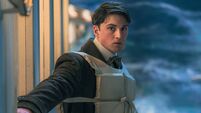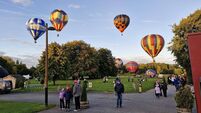Roscommon’s landmarks documented as part of changing Ireland project
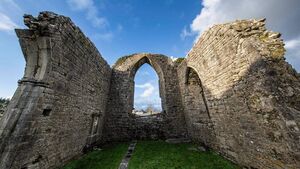
Roscommon Abbey. Pic: Paula T. Nolan
Photographer Paula T. Nolan visited County Roscommon earlier this year as part of her project titled ‘ReViewing Ireland: A Photo Study Of Ireland’s Environment’.
The project, made in conjunction with the Environmental Protection Agency (EPA), took Paula to all 26 counties over the course of a year to capture the changing Irish environment, which will be added to the National Photographic collections in the National Library.
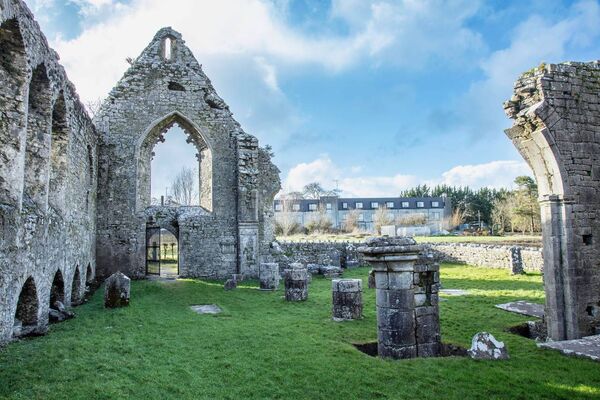
The Dublin-based photographer visited Roscommon Abbey, the Biodiversity Garden, Strokestown Park and Edenville House, Lisnamult on the Roscommon leg of her journey.
Having completed most of her project after being on the road for just under a year, Nolan described herself as feeling, “a really odd mixture, where I’m utterly exhausted but utterly energised at the same time.”
At a time when AI and technology is changing the world, she felt the timing of the project was apt, “all of these procedures are going to change, I think, radically over the years.
“It’s a mixture of documenting what’s happening and how that might change, and also what people are doing, so that we can look and see how successful that was,” she said, speaking to the Herald earlier this year.
For Paula, this transitional period was at the heart of the project, “I think the core of this project, for me is, obviously, the EPA and the environmental side, and that’s that inspiration. But the core, for me, is that it enters the National Library photographic archives, in this case, the digital archives,” she said.
This is where the project had the unique opportunity to track the beginning of the progress of two places within the county.
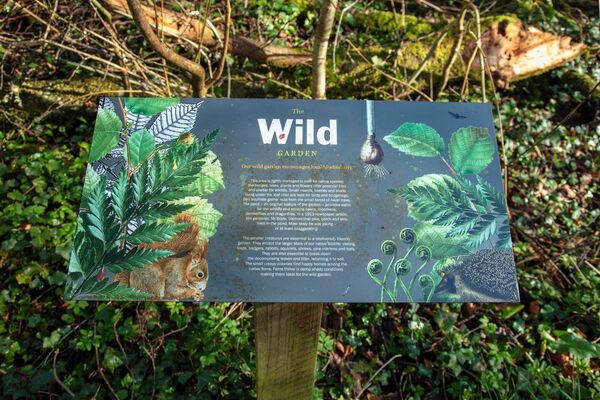
Paula visited Strokestown Park shortly after the announcement of the new biodiversity harden, which was something she really looked forward to experiencing. “Their garden is famous, and I’d never been to Strokestown, so Strokestown was top of my list.” She added: “With Strokestown, the whole gardens really are a feast of biodiversity, but they have decided to make this specific area. So, I went to it, and it was lovely, because it’s just beginning. So now, I have a record of the start, and just to go back in years to come, and see how that has flourished, is really interesting.”
One of her favourite aspects of the project was catching areas at their “fledgling stage”, an opportunity that Edenville House also offered to the photographer. When Nolan heard of the €200,000 in funding made available to the site, she knew it was something she had to capture in the county.
“I decided to go to Edenville House and have a look at that and take photos of that now, so that when it’s restored, we have good photos in the archives of what it used to be like before it was restored.”
She praised Roscommon County Council for identifying the house for funding, “I think it’s a wonderful thing that the council are looking to that.”
The first ever NLI-EPA photographer in residence drew upon Robert French’s photographs from the Lawrence Collection when capturing Roscommon Abbey, saying “I got some nice shots, I think, copying the old ones.” What became apparent to Nolan during he project was how well maintained historic sites were across the country, but that often “no attention is given to what is around”, which made taking some photographs more difficult.
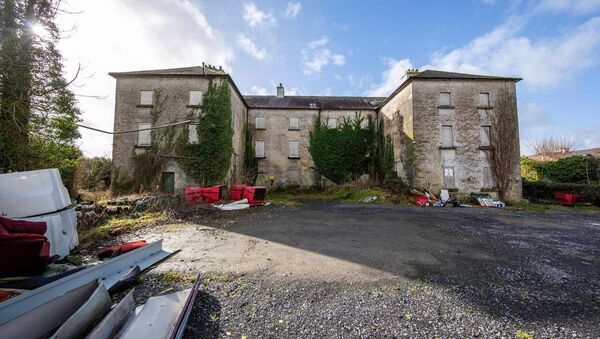
Another interesting aspect of the project was that the photographer only used public transport on her travels. She complimented the access Local Link services gave her, and said she had no issues getting to Strokestown from the Abbey Hotel where she stayed during her visit to the county.
As part of her project, Paula communicated directly with local community groups and people in the county. She described these interactions as “the main crux of the project.
“This project was intended by both me and by the stakeholders, to be about human value, and so I decided not to really try and go to people that everybody knows already, but to go to people who were just doing things, quietly themselves.”
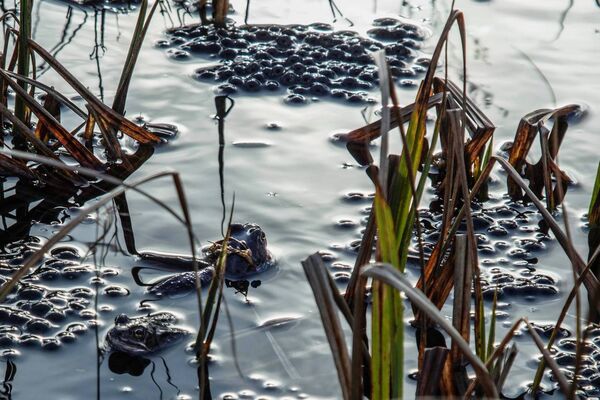
The ReViewing Ireland project is set to add 500 selected photos to the digital archives of the National Library of Ireland.
